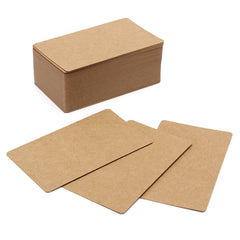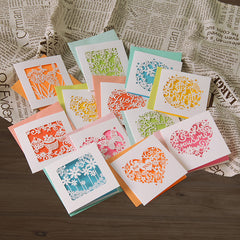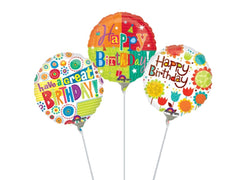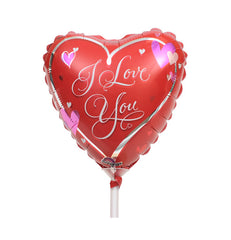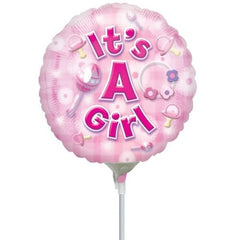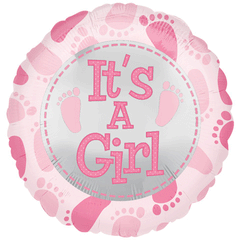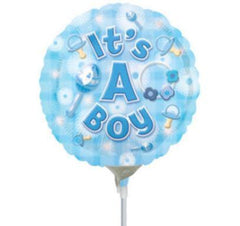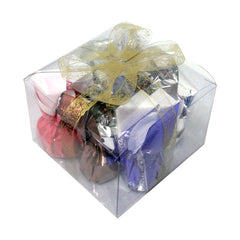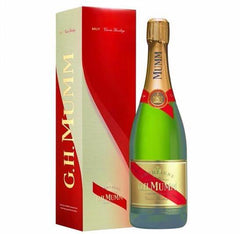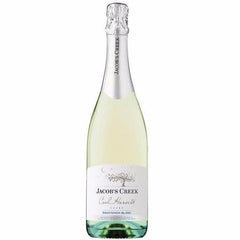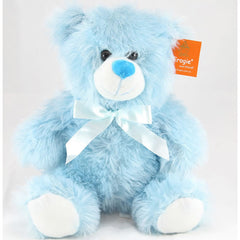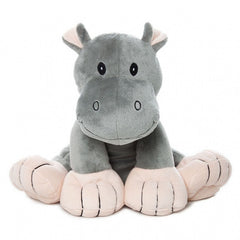July babies are lucky because they get two birth flowers in the one month! Larkspurs and water lilies are both the birth flowers of July. You may, however, be wondering about the meaning of the flowers and Here’s a little on the meaning both of the flowers impart and why each month has an assigned birth flower to begin with.
Why Each Month Has a Birth Flower

The Western idea of birth flowers first originated in the Victorian era under Lady Montagu. The wife of a British ambassador in Constantinople, her letters about the Turkish meaning assigned to flowers popularised the idea in Britain and Western Europe. From there, Victorian flower dictionaries based were published assigning flowers based on meaning and history to each month.
The Meaning and Symbolism Behind Larkspurs

Larkspurs are meant to convey strong bonds of love. In the Victorian era, different colours of Larkspurs had different meanings attached. Pink meant fickleness, white - a happy nature, while purple represented first love.
The name Larkspurs came from the Tudors, as the flower resembles the claw of a lark. The flower has some interesting history associated with it. In Ancient Greece, this July flower blossomed where Ajax’s blood was spilled on the battlefield of Troy. In England, people would place larkspurs in their bath water to ward off ghosts and evil magic. In both Native America and Europe people would grind up the flower to produce blue ink.
The Meaning and Symbolism Behind Water Lilies

Water lilies, also known as Lotus flowers, perhaps have an even more interesting and varied history than Larkspurs. They traditionally symbolise life, rebirth and majesty. In Eastern culture, lilies were used to symbolise enlightenment, beauty and unity. For Buddhists and Hindus, lilies have religious symbolism and are often depicted in poems and art.
What do you think of the two different flowers and their meanings? If you are a July baby - do you connect with either for your birth month? If you’re interested in the deeper meaning behind birht flowers have a look at our blog ‘Do You Know Your Birth Flower?’ From there, you can find your month and birth flower, plus its associated meaning.

